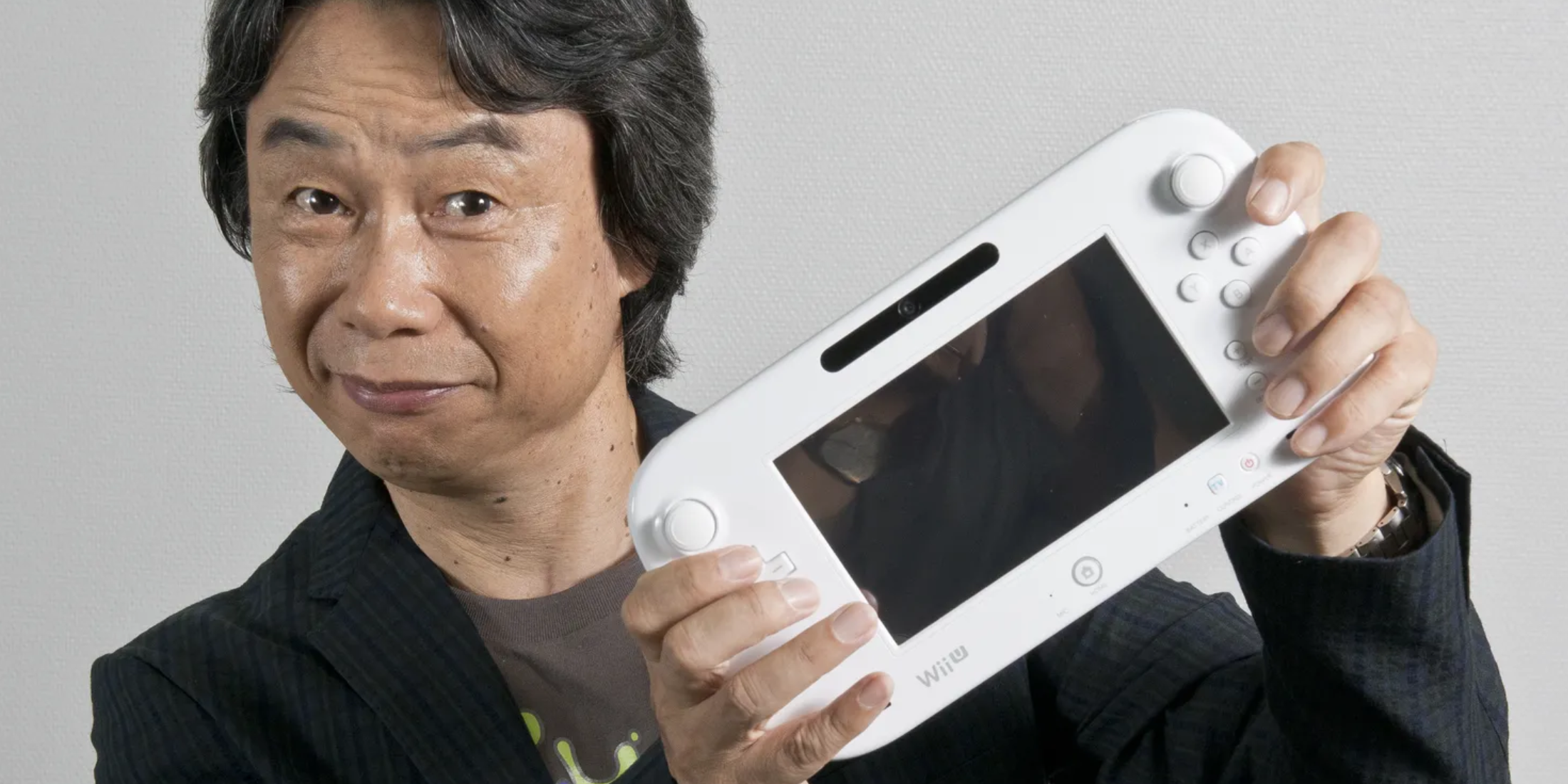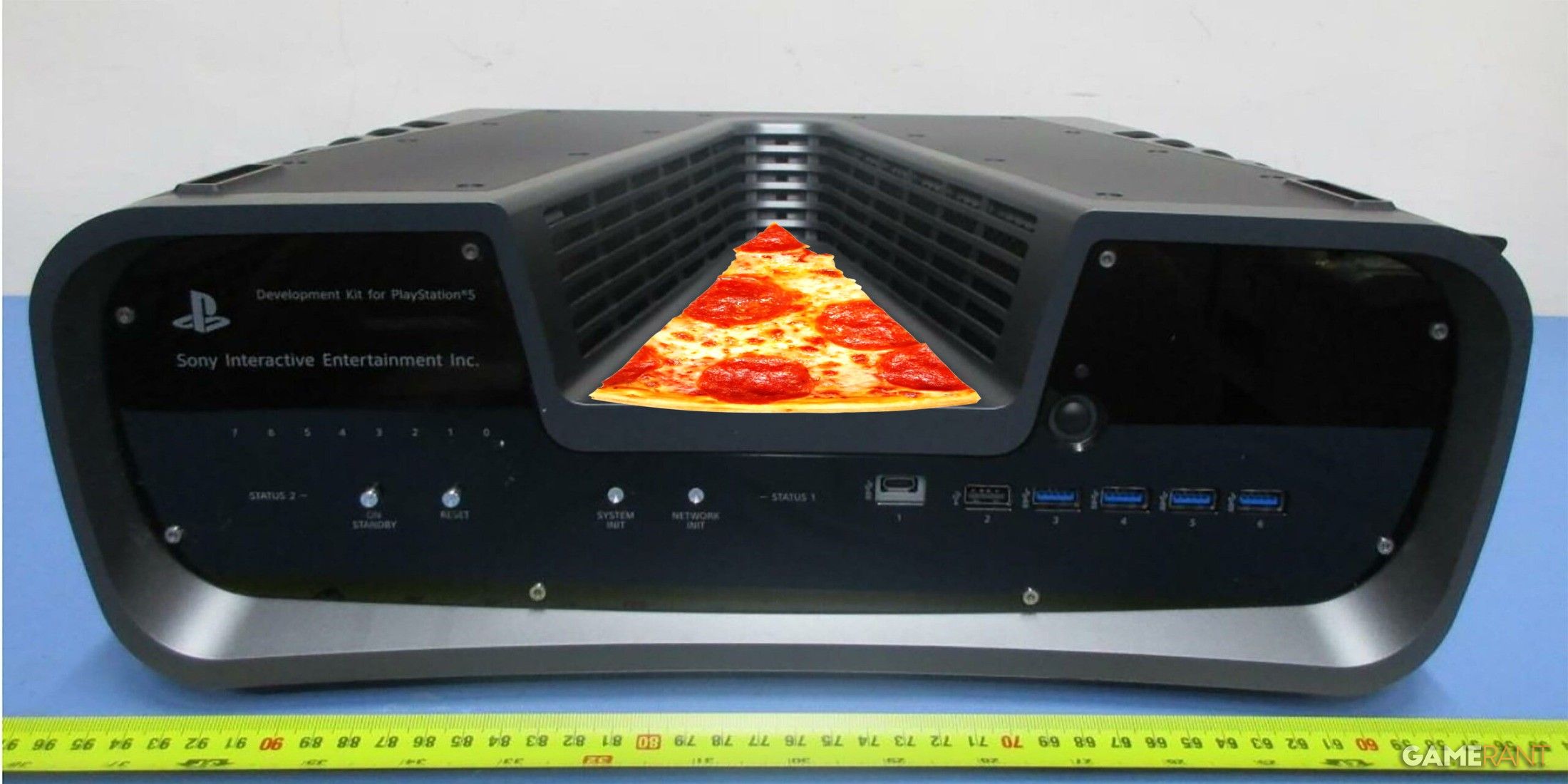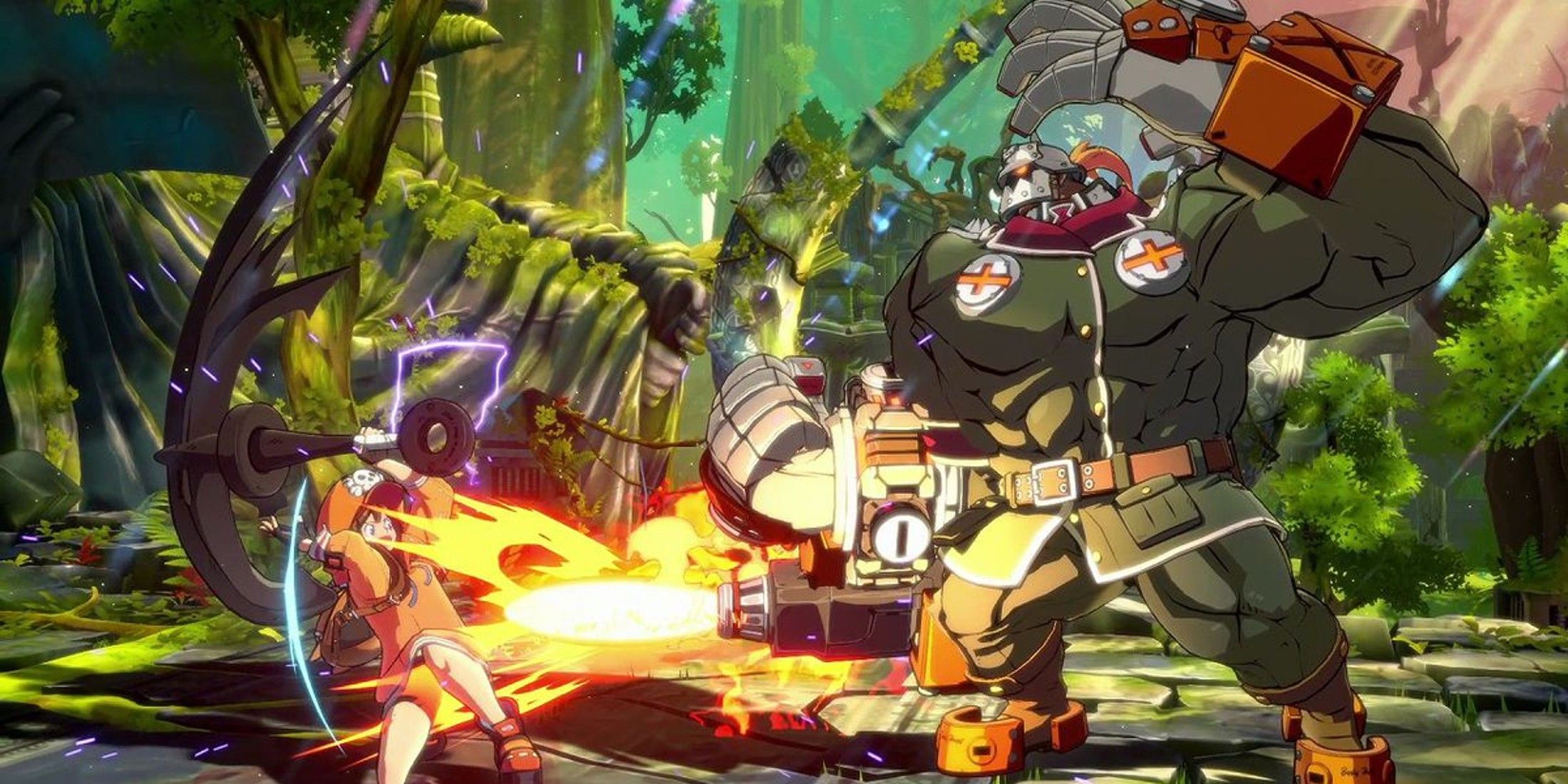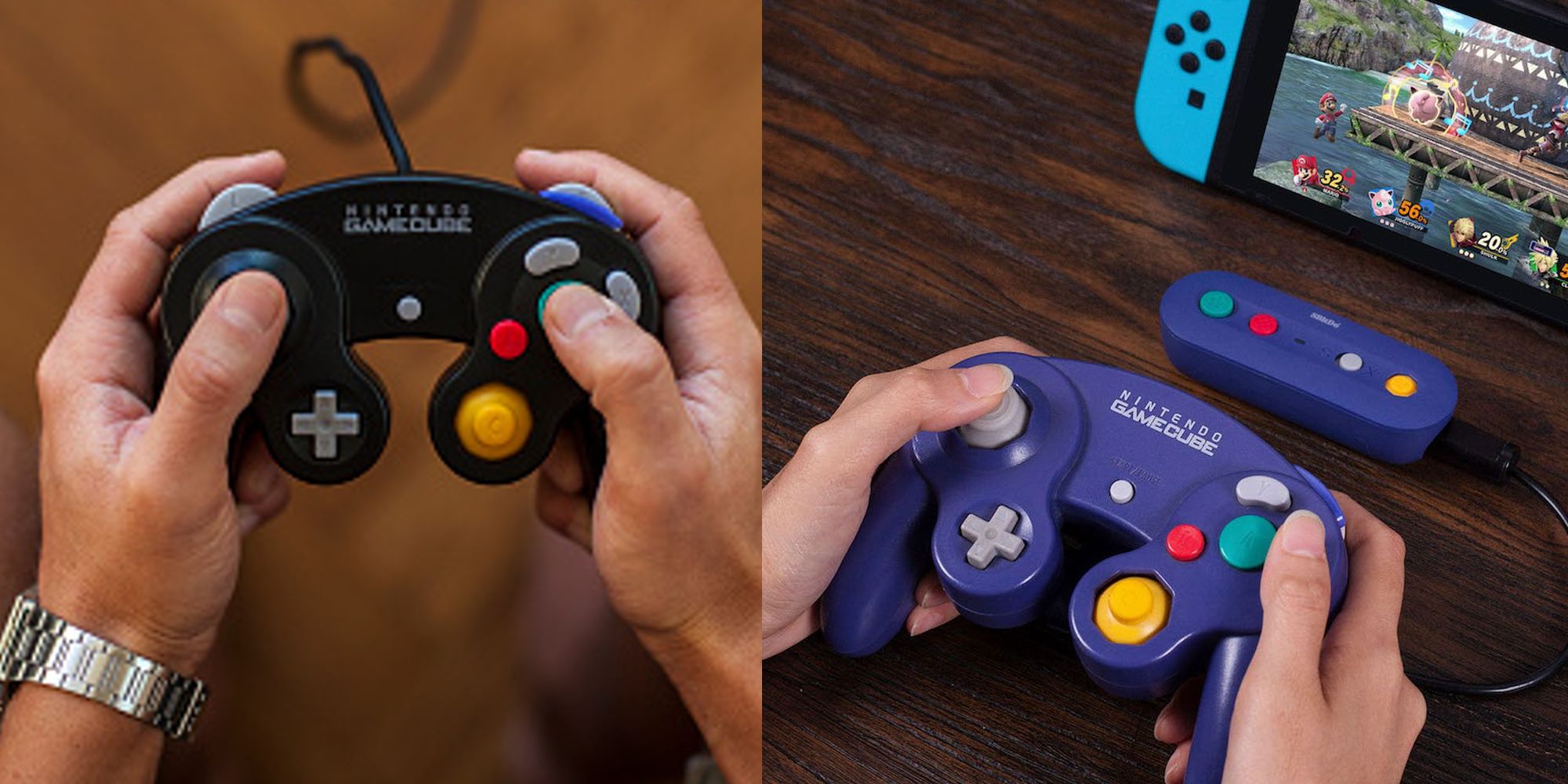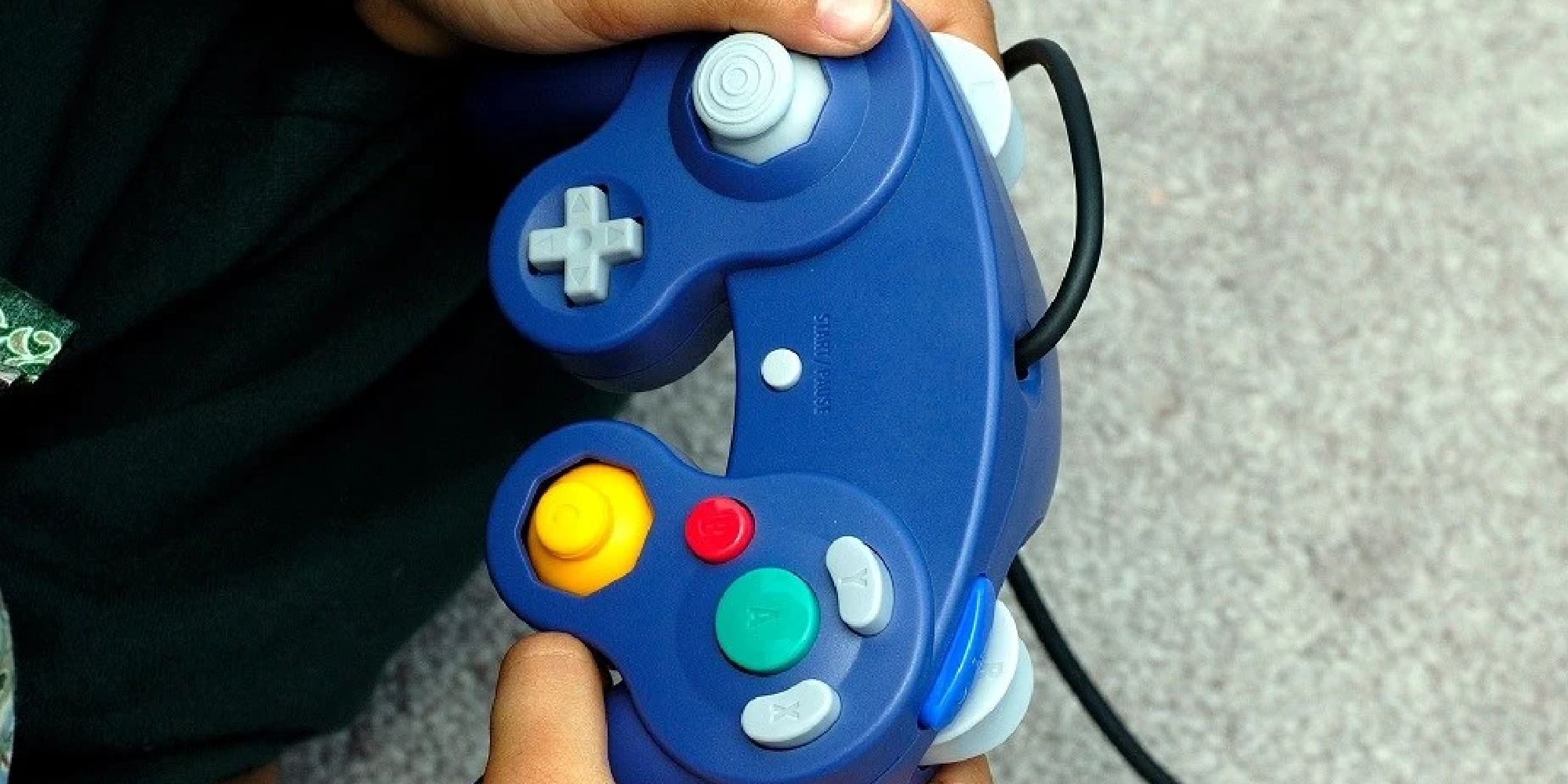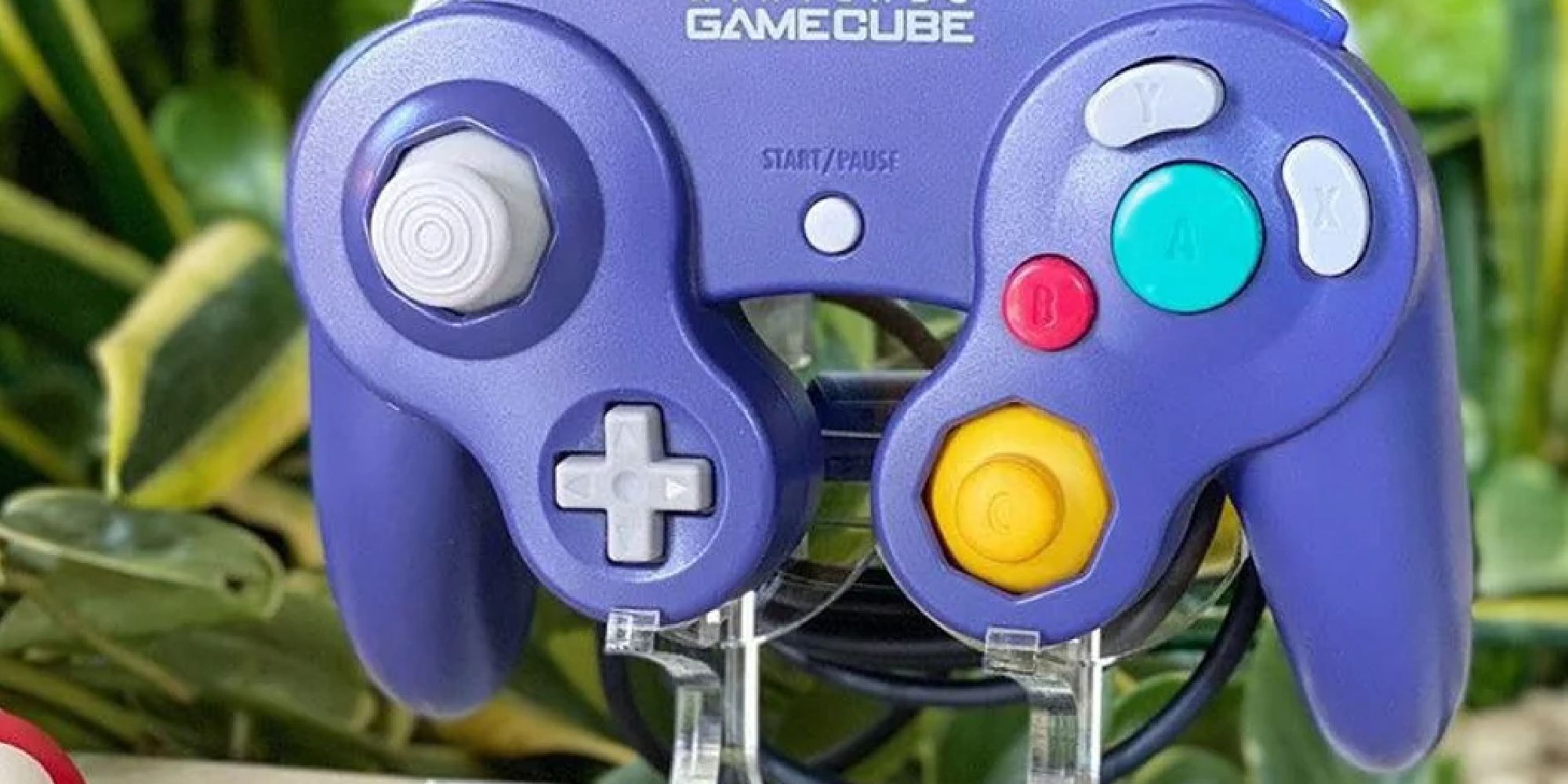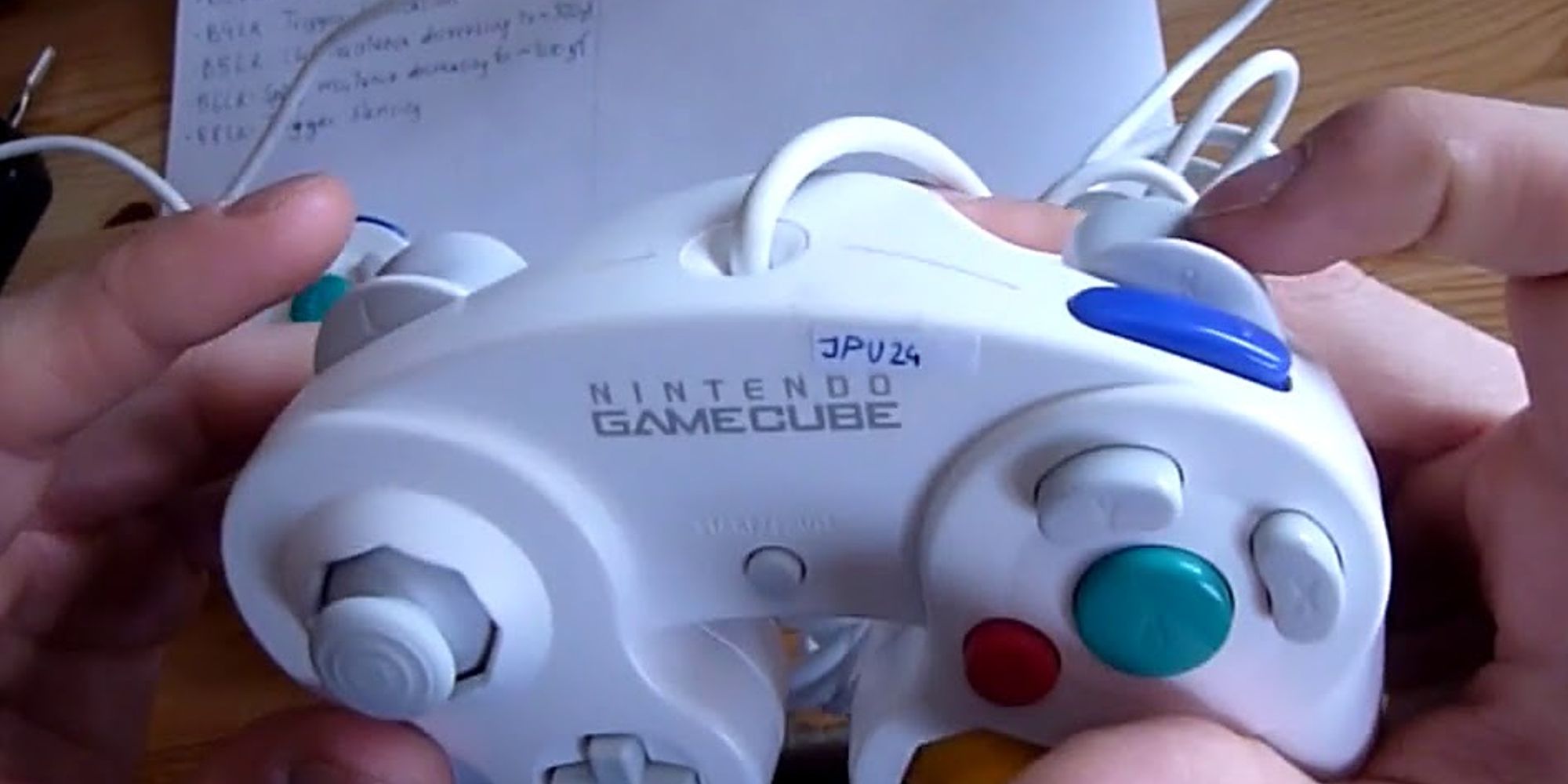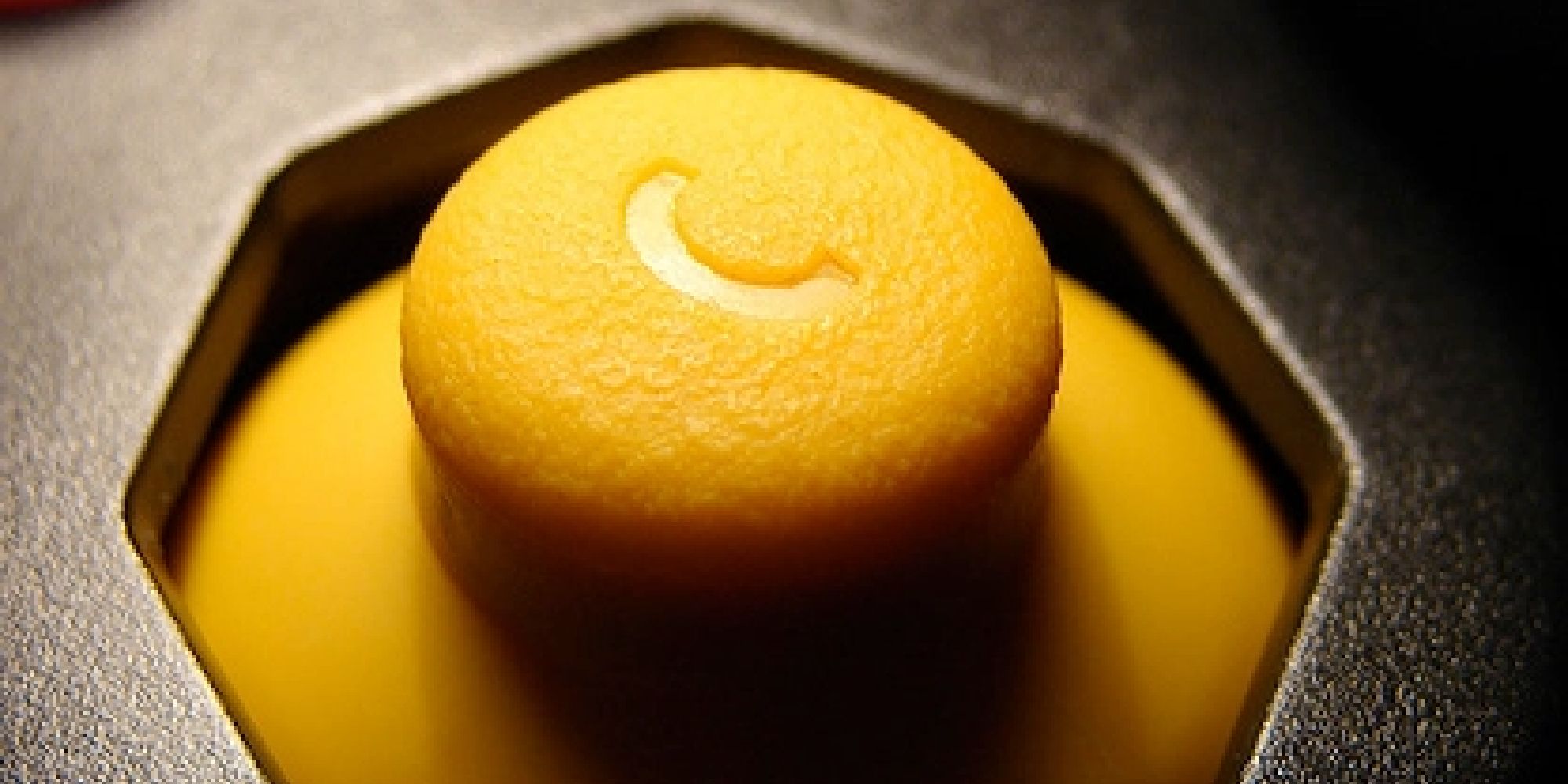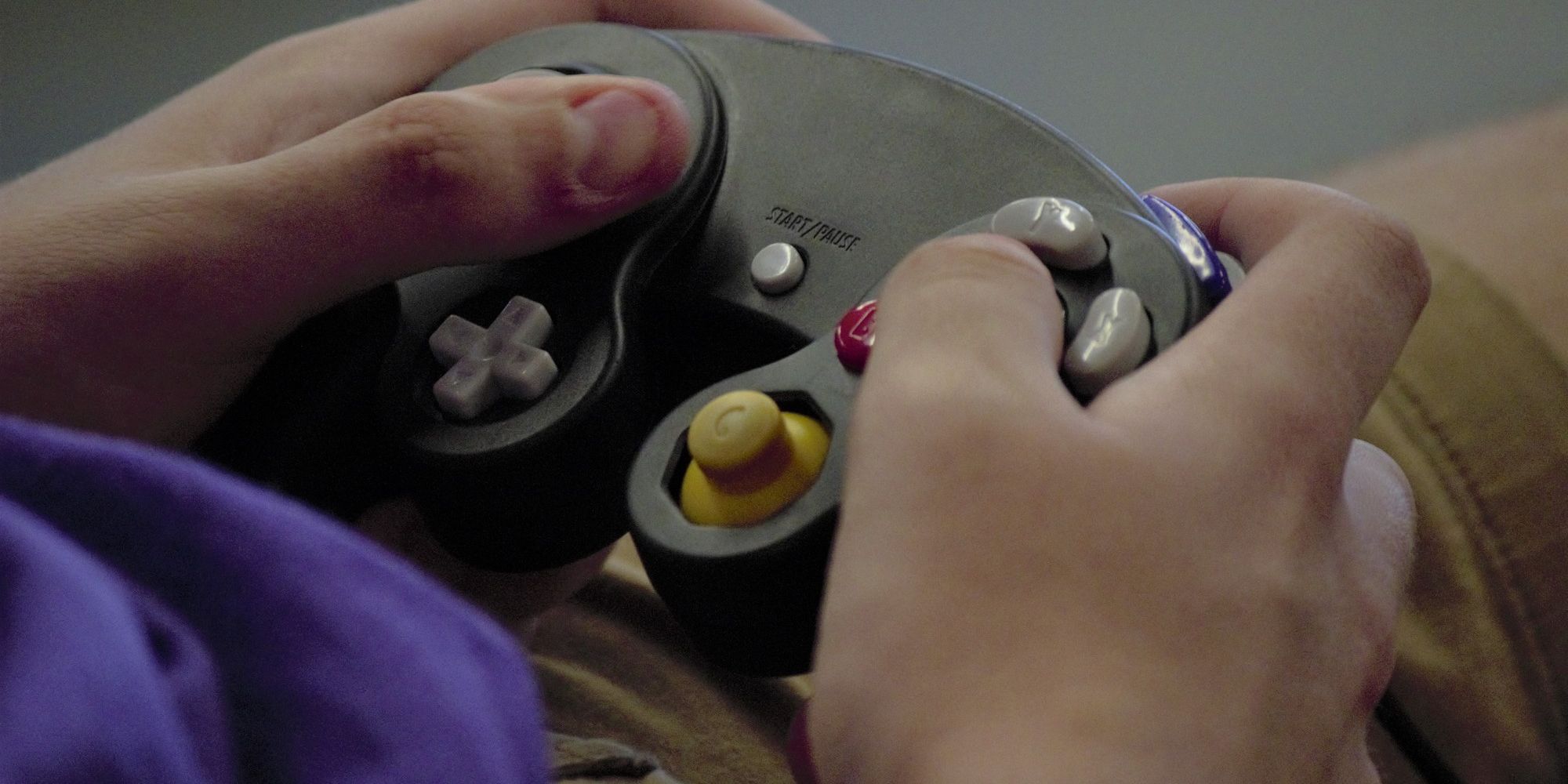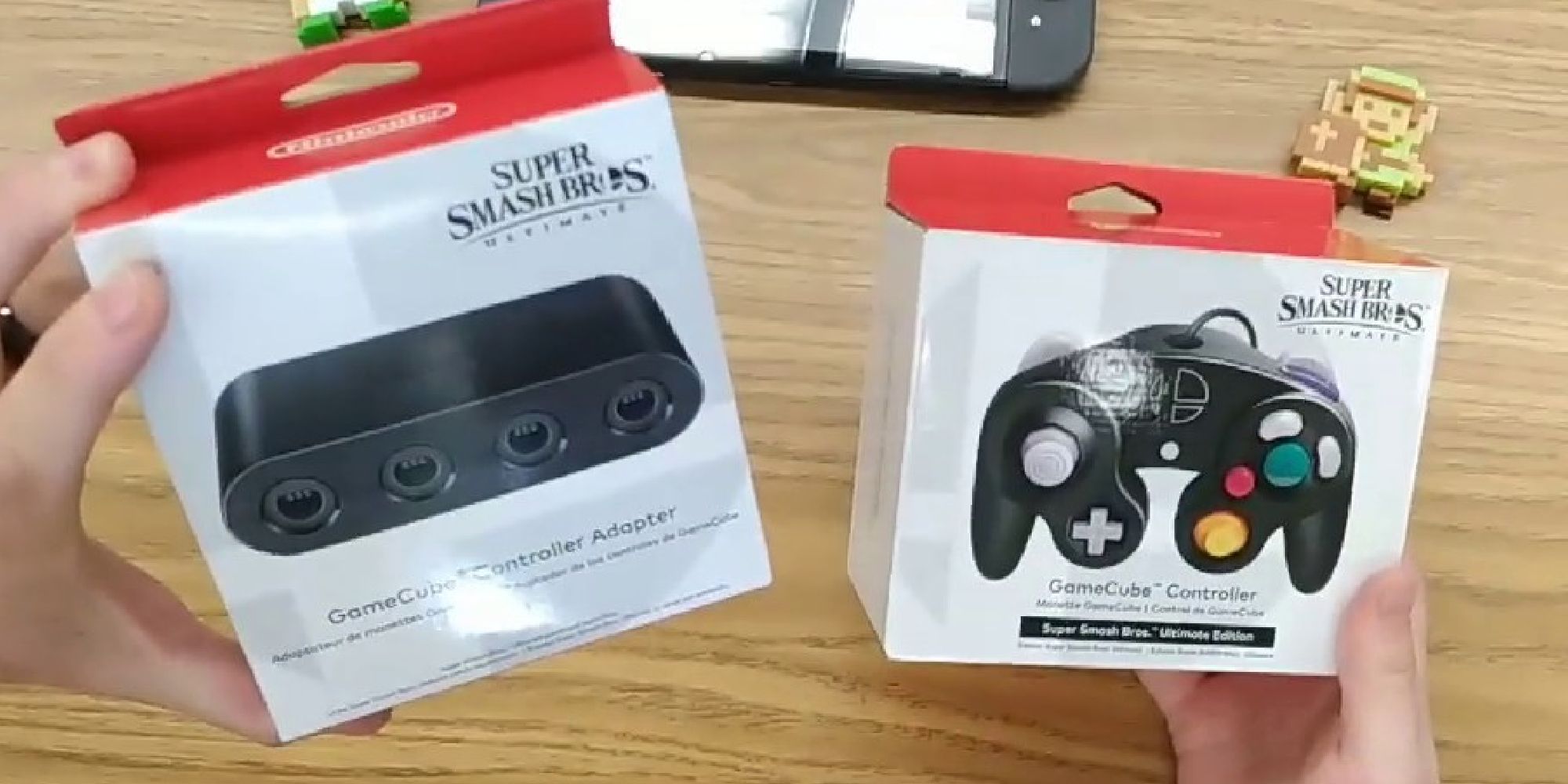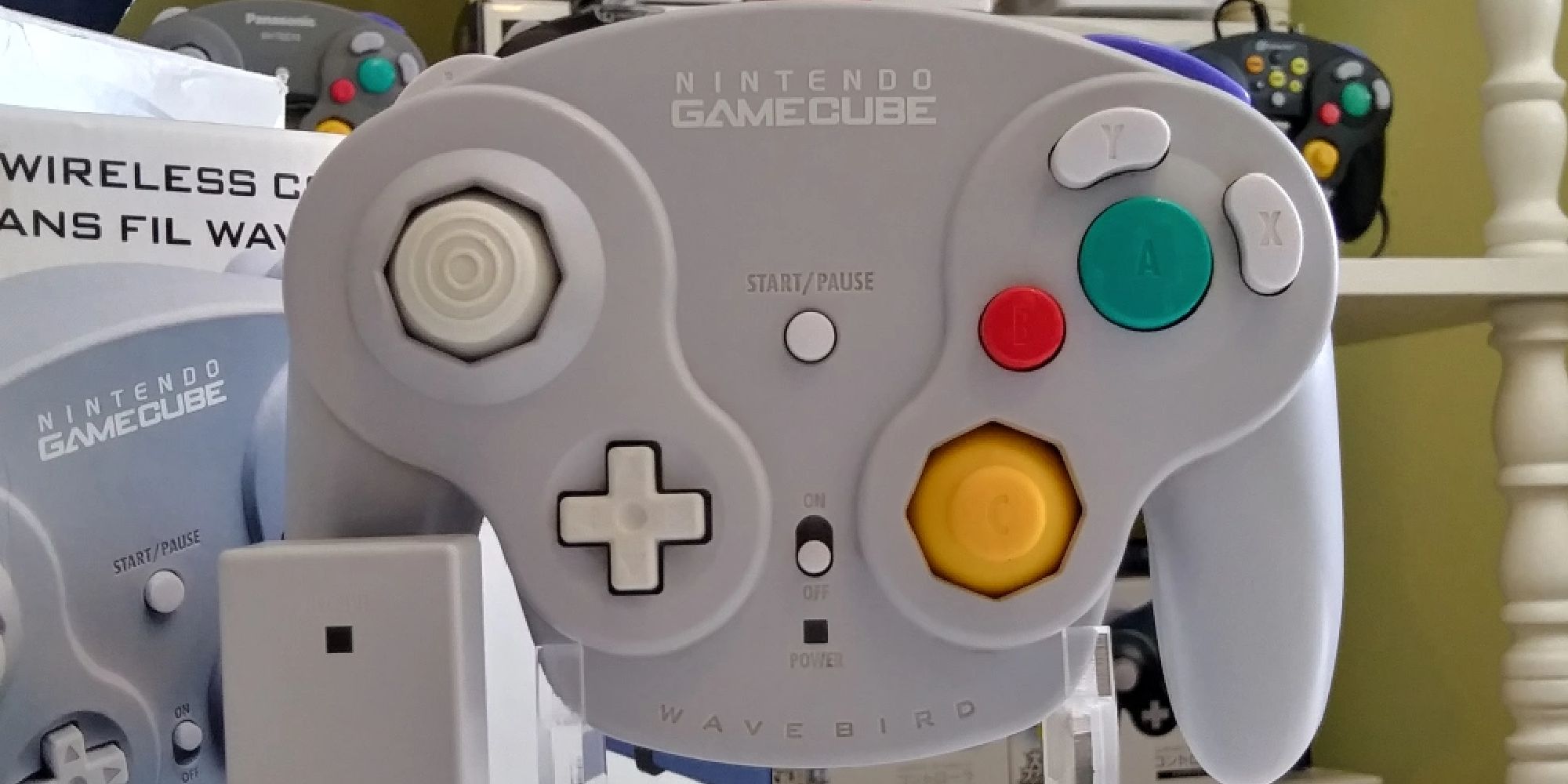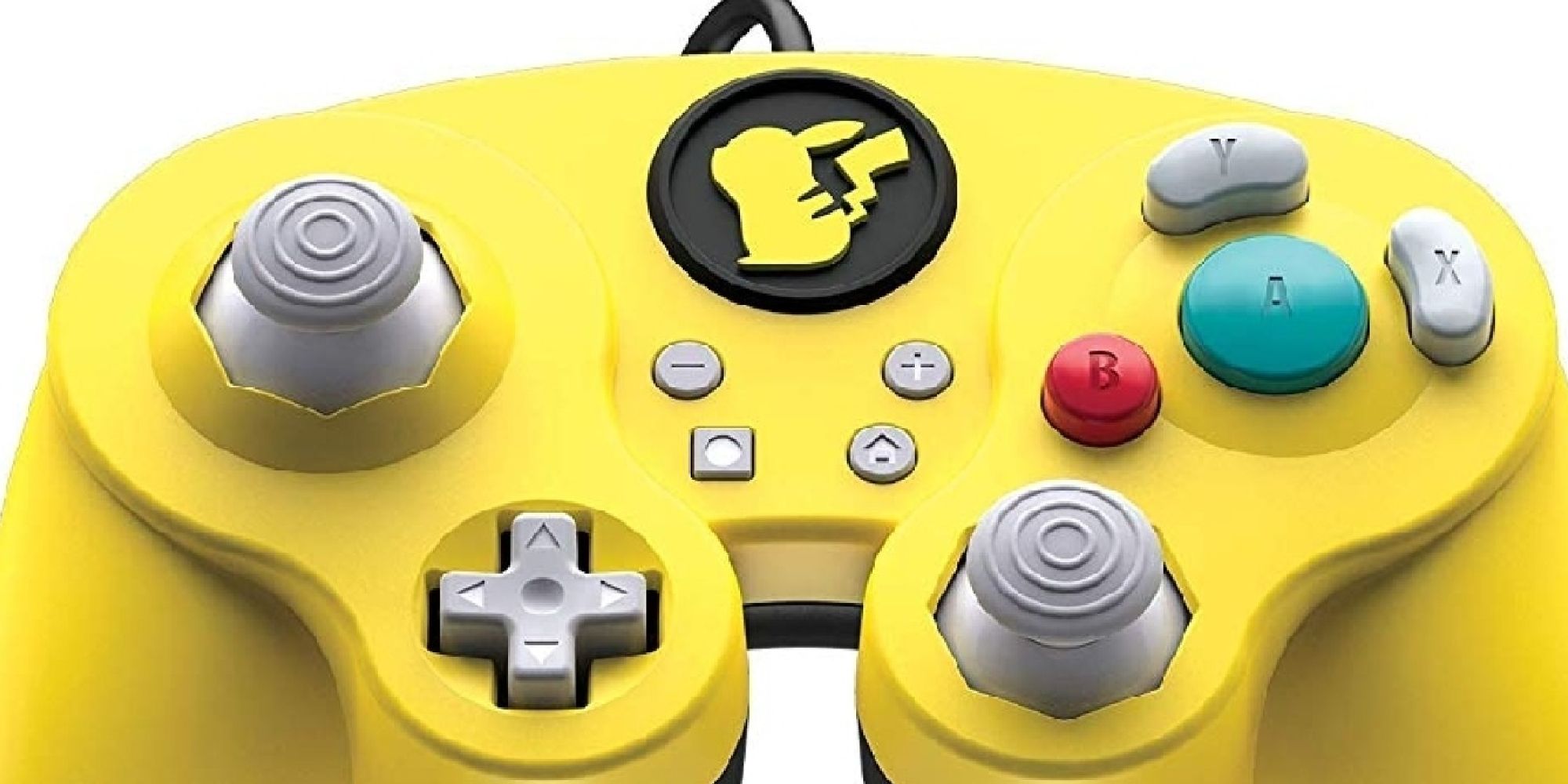The Nintendo GameCube was originally released in September 2001, before quickly making its international debut several months after. It soon became a generation-defining video game console, with Nintendo producing classics for it up right until the launch of the Nintendo Wii in 2007. Even today, the GameCube remains a fan-favorite of the company's console lineup.
Part of what made the GameCube such a timeless console was its fantastic controller. Something about its design just clicked with players, with many viewing the controller as the best that Nintendo ever made. There are a lot of things that make the GameCube pad so special, though certain design choices appeal to fans a lot more than others.
8 The Design Was Simplistic
It may seem like a no-brainer, but the GameCube controller is probably one of the leanest controllers Nintendo's ever designed. Nowadays, controllers for consoles like the Nintendo Switch or Wii U utilize LED screens and features like home buttons, camera buttons, and dual control sticks all at once. For the GameCube, simple was better.
On one side of the GameCube controller, there was a joystick and D-Pad, then across the single start button there were the A, B, X, and Y buttons of various sizes, as well as a smaller C-Stick for other uses. Above it included an L button, R button, and Z button, which kept the usage of the controller in compatible games simple and limited.
7 It Fits Easily In Hands
It also helps that the GameCube controller was a natural fit with its rounded edges and close-together buttons. Take the Wii U GamePad for example, which even next to the similar handheld Switch appears bulky. Even the DS and 3DS devices were notable for being difficult to use for players with larger hands, forcing uncomfortable playing positions for certain games.
With the GameCube controller, however, there's no issue holding it for hours and hours on end. This is something that wasn't even true of its predecessor, the Nintendo 64 controller, which had three prongs on it meant for a variety of play styles but with little actual usage. To this day, the GameCube controller remains a favored gamepad just based on size and shape alone.
6 Sensitive L & R Buttons
There are also aspects of the GameCube controller that Nintendo has abandoned since the console. One of those aspects is the L & R buttons, located at the top of the controller. Unlike other buttons, which simply click for function, the L & R buttons operated on sensitivity, containing different purposes based on a light or pressured touch.
Nowadays, the L & R buttons are, to some degree, simpler. However, the sensitivity aspect of the GameCube's buttons was essential for many games. For example, a first-person shooter would allow players to fire rapidly or fire one big shot based on how they pressed the L or R buttons. It's a small gameplay quirk that's been absent from most Nintendo consoles ever since.
5 The C-Stick Is An Upgrade
While the joystick on the Nintendo 64 was notably clunky and hard to navigate, the control sticks on the GameCube controller are smooth and comfortable to the touch. In addition, the C-stick serves many functions that the Nintendo 64 controller didn't. In a game like Super Smash Bros. Melee, it would perform quick Smash Attacks rather than having to charge up.
Future Nintendo consoles haven't gotten the C-stick quite as right. The Nintendo Wii forced players to connect a Nunchuck to the Wiimote as an add-on, which could get tangly, to say the least. Other consoles, like the New Nintendo 3DS, included a motion stick that was rigid, albeit its sensitivity was useful depending on what game was being played.
4 The Controllers Last A Lifetime
Many Nintendo fans who still play games like Super Smash Bros. Melee are likely using a GameCube controller from their childhood. Despite first launching over 20 years ago, GameCube controllers have an incredible lifespan compared to other Nintendo gamepads. Players also only needed a maximum of four to fill up a game's allotted number of players.
Compared to a console like the Nintendo Switch, the durability of the GameCube's controller is all the more impressive. Famously, first-generation Switches had Joycons that would drift after a certain amount of time. Replacing Joycons is not a cheap task either, with a pair of the devices costing upwards of $40. The Nintendo Wii also suffered from a similar problem, as many reckless players ended up throwing their Wiimotes into their TVs.
3 It's Still Compatible With Current Gen Consoles
The Nintendo Wii made sure to account for eager GameCube fans by including slots for its controllers on top of the console. This backward compatibility made it easy to sway GameCube fans over to Nintendo's newer, albeit very different console. Though the Wii U didn't come with backward compatibility, Nintendo accounted for it later on.
Toward the end of the Wii U's lifespan, Nintendo released a GameCube controller adapter alongside Super Smash Bros. for Wii U. Nowadays, Nintendo has not only made this adapter compatible with the Nintendo Switch but also released Switch Pro Controllers that feature the same familiar design, letting players enjoy their games in a nostalgic way.
2 The GameCube Supported Accessories
It's been a long time since a Nintendo console has widely allowed the kind of accessories that the GameCube had. Take, for instance, the GameCube mic, which would plug into one of the memory card slots and allow players to use their voice in games like Mario Party 6 & 7. Other accessories also influenced players' connection to their controllers.
For instance, there was the WaveBird controller, a special kind of GameCube pad that could be used wirelessly, predating the Nintendo Wii. There were also the Donkey Kong Bongos, which were packaged with compatible Donkey Konga games. However, some creative fans could make use of these bongo-shaped controllers for other titles.
1 The Perks Of Personalization
All in all, players felt incredibly connected to their GameCube controllers. Part of what made this connection so profound was that players had access to GameCube controllers they could buy with varying designs. Though the standard colors included purple, black, and silver, special edition controllers were released alongside various games.
It's easy to recall going over to a friend's house and fighting over who gets which colored GameCube controller. Nowadays, Nintendo takes full advantage of that with their re-released controllers, as well as the multicolored Joycons. For players, part of what makes games so loveable is their connection with them, and that all starts with their love for the controller.

